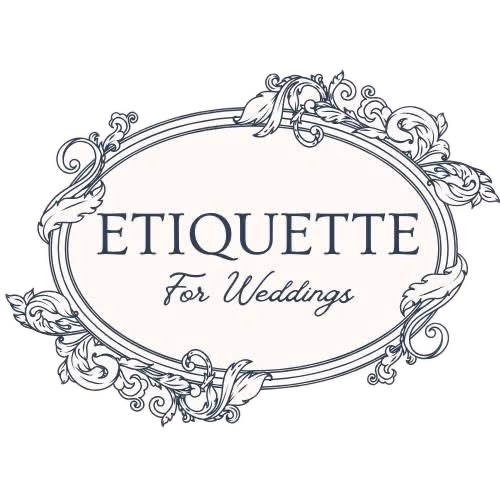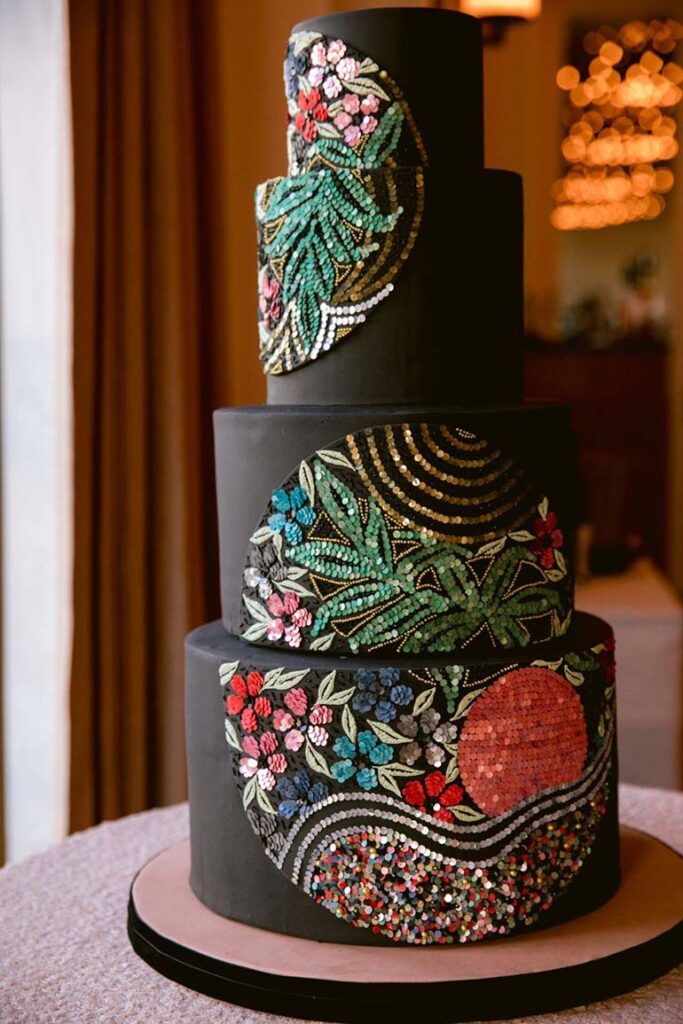
Beyond Tradition: What "New Weddings" Feature
Share
Wedding ceremonies now look strikingly different than they did in past generations. Everything has shifted — from who pays the bills to the variety of locations where couples tie the knot — reflecting cultural changes, economic factors, and personal style.
Here are 18 traditions that have experienced dramatic transformations, showing just how much this celebration keeps reinventing itself.
White Wedding Dresses
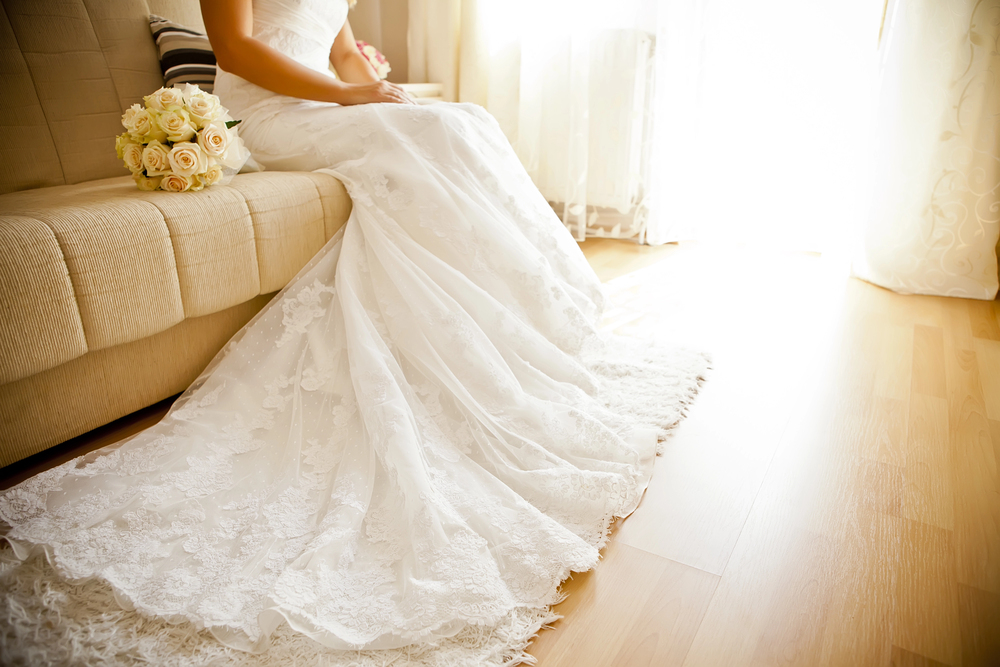
Queen Victoria’s 1840 nuptials sparked the white dress fad—though brides beforehand simply wore their finest attire in any color. At first, the white hue signified wealth because keeping it spotless wasn’t easy prior to modern cleaning methods.
Today’s brides often choose champagne or blush gowns, while some dare to wear ruby red or deep sapphire. Personal taste now takes precedence over old Victorian norms.
Marriage Age

In the early 1900s, couples married young—often in their late teens or early twenties—since financial independence wasn’t expected beforehand. These days, the average first marriage age hovers near 30 for women and 32 for men, reflecting extended education paths, career focus, and shifting views on how marriage fits into busy modern lives.
Engagement Rings

Those glimmering diamond rings became standard only after De Beers ran that iconic campaign in the 1930s—convincing people that diamonds meant eternal love. Before then, families sometimes skipped rings altogether or used other gemstones.
Nowadays, many opt for alternative stones, lab-created diamonds, or no ring at all—preferring to invest in experiences or real estate instead.
Wedding Size

Intimate, home-based weddings were once the norm for middle-class families—only after World War II did larger celebrations become more feasible. Guest lists ballooned through the 1980s, but in recent times, smaller gatherings have made a comeback.
The pandemic accelerated micro-weddings, and they remain popular for couples who value personalization and simplicity.
Bridal Showers

Originally, showers served a practical purpose—ensuring a bride from a family with limited means still had essentials for starting her household. Over time, they became social affairs focusing on kitchen gadgets and linens.
Modern showers, though, might be co-ed or themed around experiences rather than traditional homemaking, matching today’s varied lifestyle choices.
Marriage Proposals

In past generations, a groom typically sought permission from the bride’s father—a nod to marriage’s economic role rather than just romance. Proposals themselves were private and unassuming.
Today, however, it’s common to see elaborately planned moments with photographers or social media tie-ins, and parental blessing is more courtesy than requirement.
Wedding Food

Morning ceremonies with minimal reception offerings—like cake and punch—were once popular due to budget concerns and religious fasting. Now, everything from gourmet food trucks to multi-course banquets can appear on the menu.
Couples frequently prioritize great food experiences, adding signature cocktails or late-night snack stations along the way.
Gift Registries

Registries originated in the 1920s—an easy way for department stores to help couples outfit their new homes with matching tableware. Until recently, that concept stayed largely unchanged.
But many now request funds for honeymoons, charitable donations, or other experiences because established households aren’t as rare as they once were.
Wedding Music

Traditional ceremonies used organ pieces such as Wagner’s “Bridal Chorus,” and few questioned it—those classics felt mandatory. In contrast, couples today choose songs that hold personal meaning, drawing from any genre or era.
Receptions frequently feature DJs who offer extensive music libraries and interactive elements beyond a standard band set.
Bachelor Parties
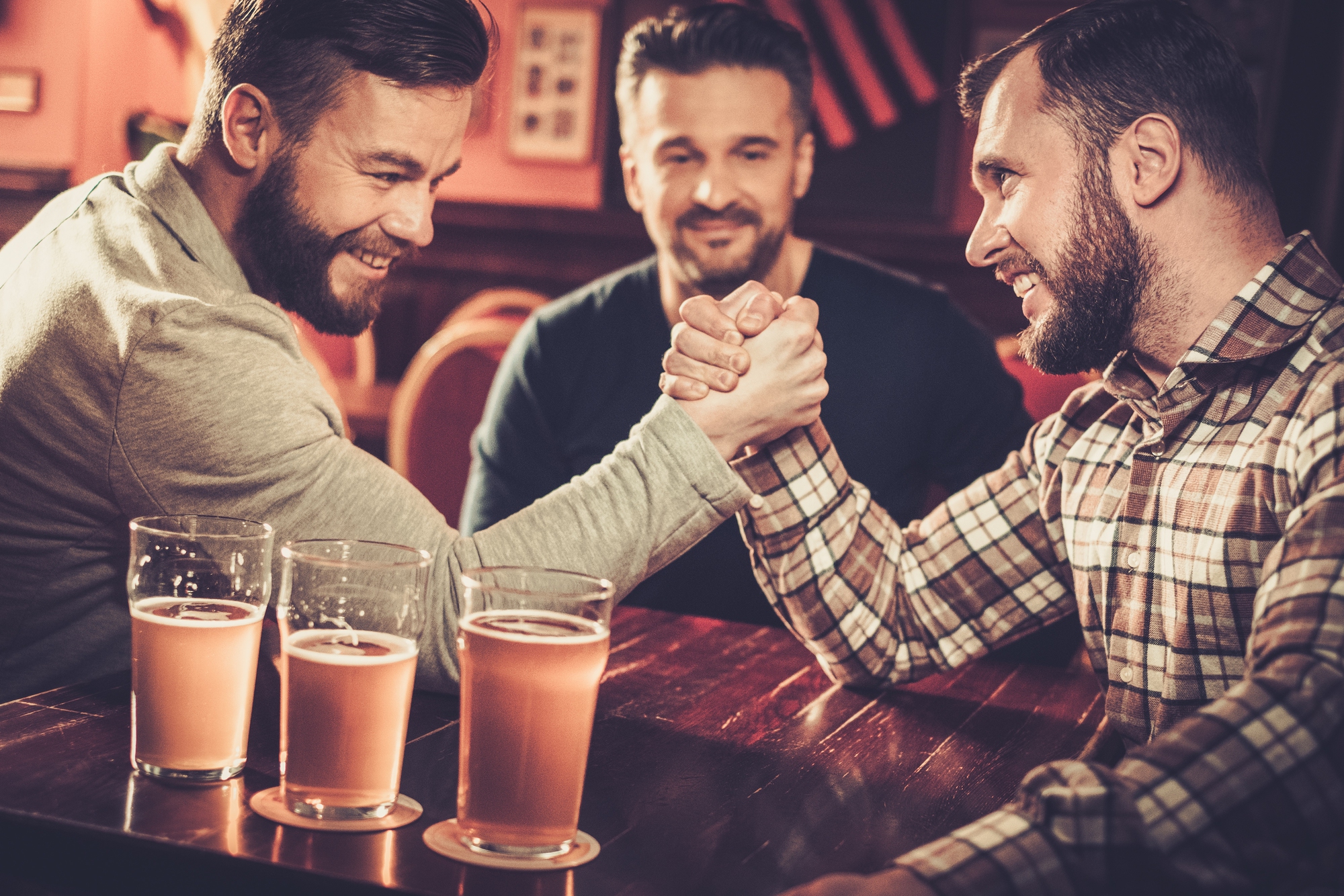
Originally, “bachelor dinners” were refined events—friends shared advice and practical gifts before the groom embarked on married life. Over time, wild excursions became more prevalent, though in the present day, these parties often focus on meaningful group getaways or activities like hiking or gaming, rather than clichéd last-hurrah antics.
Wedding Photography
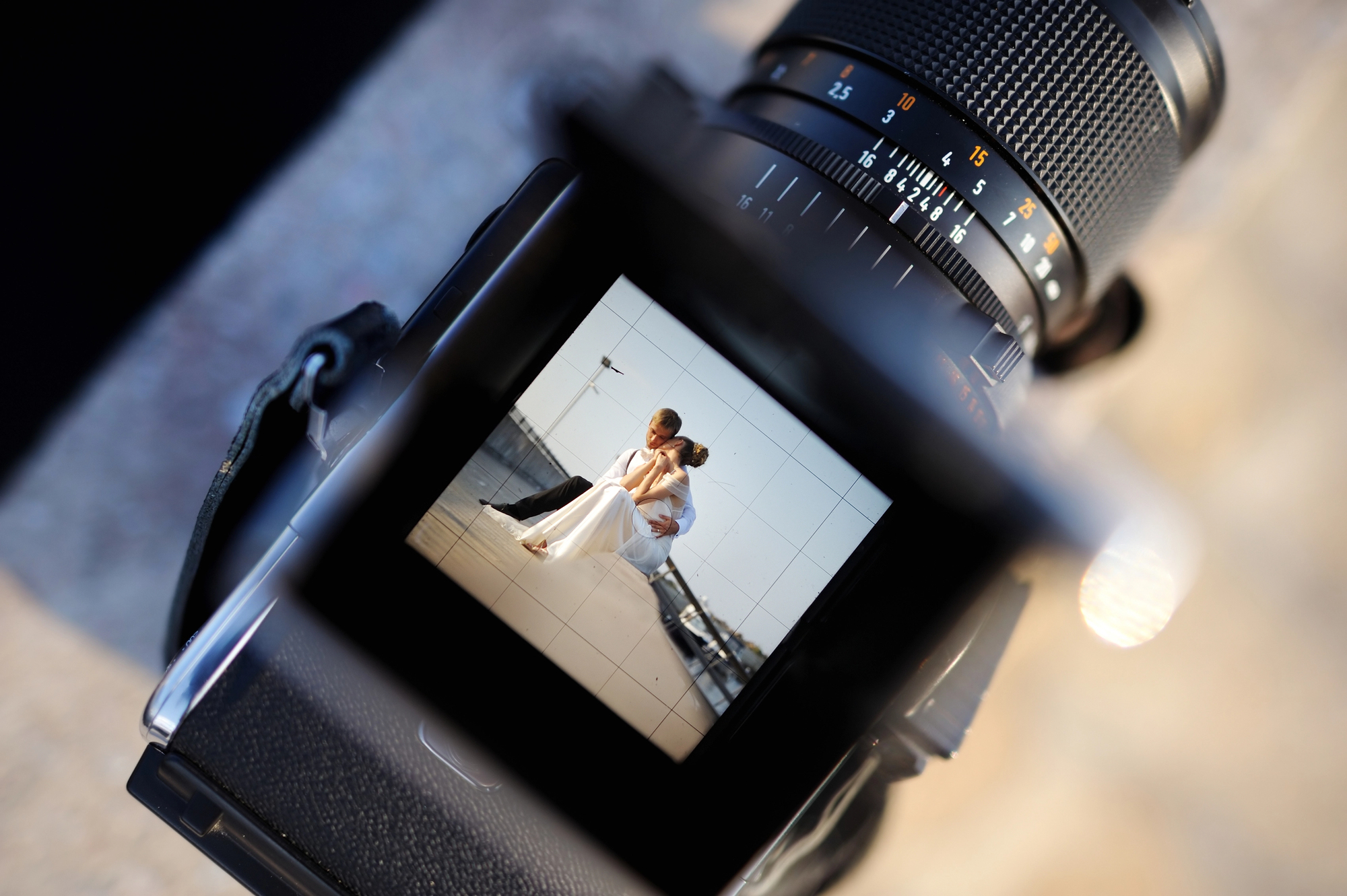
Early wedding photos were stiffly posed because cameras were cumbersome and film was expensive. Couples sometimes took portraits days before or after the ceremony.
In contrast, modern weddings are captured in candid photojournalistic style, often with multiple photographers and videographers—including drones—documenting every cherished moment.
Honeymoons

Long ago, newlyweds journeyed to visit relatives who couldn’t make it to the ceremony, which hardly sounds like a relaxing getaway. The idea of a romantic trip evolved alongside industrialization, allowing couples with means to travel purely for pleasure.
Now, honeymoons can include anything from five-star resorts to backpacking adventures, and “mini-moons” are gaining traction for busy couples.
Wedding Officiants

Religious leaders oversaw nearly all ceremonies until the late 20th century, reinforcing the notion that marriage was primarily a sacred institution. Civil ceremonies were an option, but mainly for those without religious ties or under special circumstances.
These days, it’s common for a close friend or family member to become ordained online, crafting a ceremony that interweaves personal stories, cultural elements, or literature.
Wedding Venues

Houses of worship were ruled as ceremony sites for centuries, with subsequent receptions in church basements or family living rooms. With the rise of secular and destination weddings, venues now range from historic barns to modern art galleries, reflecting greater religious diversity and the desire for spaces that feel uniquely meaningful to each couple.
First Looks

Traditionally, the couple’s first glimpse of each other was saved for the aisle—an outgrowth of arranged marriages, where families worried that a groom might bail if he saw the bride too soon. Scheduled “first look” sessions are now common, allowing private emotional exchanges and trimming down post-ceremony photography time so guests aren’t left waiting.
Wedding Costs

Once upon a time, the bride’s family covered nearly everything, viewing marriage as a transfer of responsibility from father to husband. Major social and economic changes have upended that custom.
Many couples currently fund the event themselves, or they accept contributions from both families based on financial capacity, not just tradition.
Thank You Notes

Handwritten thank you cards on formal stationery were once considered the gold standard of wedding etiquette—couples diligently wrote them on their honeymoon or soon after. Today, some still cherish that personal touch, while others prefer modern alternatives like photo postcards, digital messages, or charitable donations made in guests’ names.
Gender-Specific Roles

In the past, wedding parties were rigidly gender-segregated, with maids of honor and best men assigned specific tasks. Strict rules were also followed for processional order and seating. These limits are broken by contemporary festivities, which promote mixed-gender wedding parties and divide duties according to connections rather than custom.
Beyond Tradition: The New Wedding Landscape

Weddings continue to evolve as people favor authenticity over obligation. Ceremony elements once viewed as obligatory can be modified or discarded outright, reflecting the couple’s own values and desires.
What truly endures isn’t any particular ritual but the universal wish to celebrate a major life transition in a heartfelt way—no matter what that looks like for each generation.
